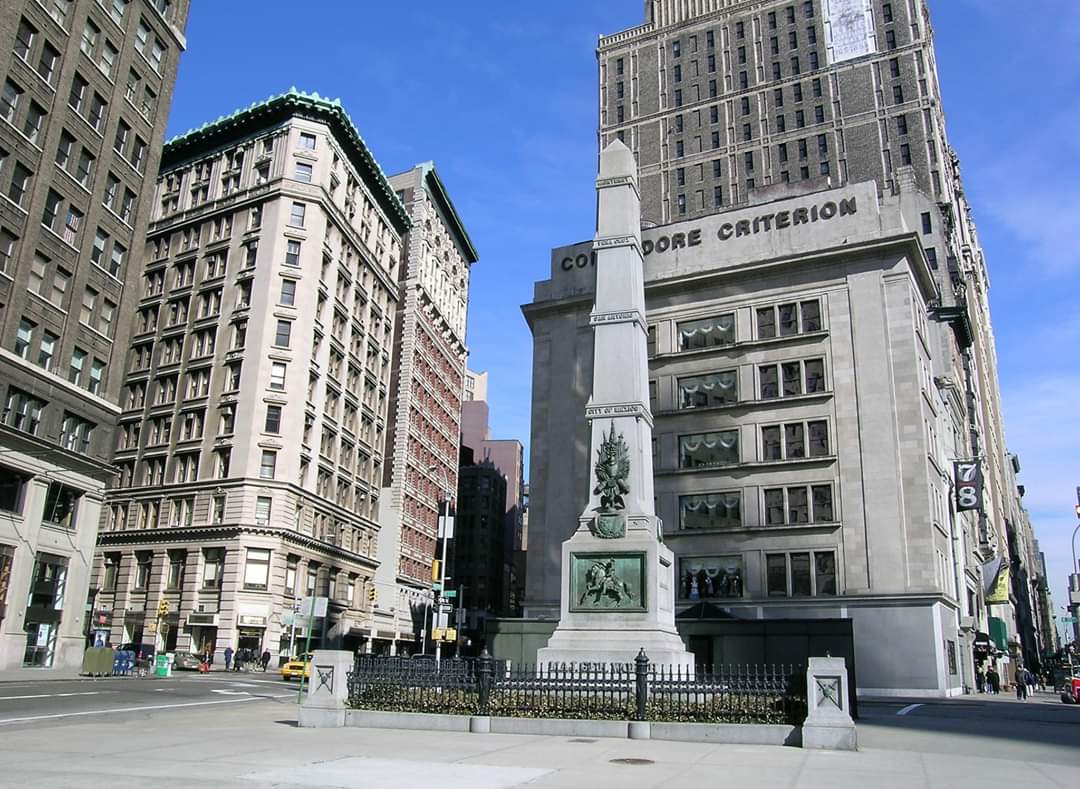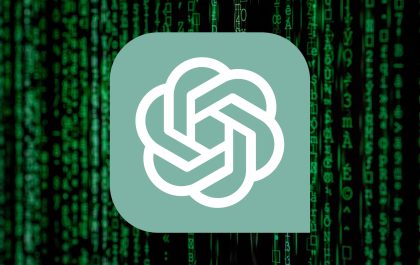
-Kimberly Amadeo | For The Balance
Wall Street is both the symbol and geographic center of American capitalism.
Symbolically, Wall Street refers to all the banks, hedge funds, and securities traders that drive the American financial system. Geographically, Wall Street is the center of Manhattan’s financial district. It runs east/west for eight blocks from Broadway to South Street.
The New York Stock Exchange is located on 11 Wall Street. Nearby, but still considered part of Wall Street, are six other businesses. The New York Federal Reserve Bank is at 33 Liberty Street. The NASDAQ OMX is on 1 Liberty Place. Goldman Sachs is at 200 West Street, and JPMorgan Chase is at 200 Park Avenue. The NYMEX is at One North End Avenue in the World Financial Center. Even the Wall Street Journal is not on Wall Street itself. It’s at 1211 Avenue of the Americas.

Key Takeaways.
Wall Street is the New York location for the nation’s largest financial companies.
The NY Stock Exchange, where companies list securities to raise money, is also located there.
The two biggest financial crises Wall Street created were the Great Depression of 1929, and the Great Recession of 2008.

How It Works.
Wall Street includes the stock market, bond market, commodities market, futures market, and the foreign exchange market. The original purpose of the securities market was to raise funds for companies to grow, be profitable, and create jobs. Securities trading has become so profitable in and of itself that trades have been established for just about anything you can think of, and a lot of things you could never imagine.
What changed Wall Street?
For one thing, the abolition of the Glass-Steagall Act in 1999. This allowed any bank to use depositors’ savings to invest in complicated securities called derivatives. They based their value on different types of loans, including credit card debt, corporate bonds, and mortgages.
Unlike stocks and bonds, these derivatives were unregulated
Historic Crashes.
Deregulation was one reason for the 2008 financial crisis. The derivatives based on mortgages were called mortgage-backed securities. They were guaranteed by another Wall Street innovation called credit default swaps. All of these were traded successfully on the secondary market until housing prices started to fall in 2006. The underlying mortgages started to default, and no one knew how to price the mortgage-backed securities. There were so many defaults that the companies, like AIG, who guaranteed the debt ran out of cash.

Wall Street panicked, global stock markets dropped, and banks stopped lending to each other. Creating the worst recession since the Great Depression for Main Street. The only thing that stopped the panic was the federal government bailing out Wall Street with the TARP program in 2008, and restoring confidence with the Economic Stimulus Package in 2009.
The Great Recession wasn’t the first time Wall Street decimated Main Street.
The stock market crash of 1929 kicked off the Great Depression. It started on October 24, 1929, a day known as Black Thursday. It worsened on Black Tuesday when the Dow lost all the gains of the year in just a few hours. Wall Street bankers had failed in trying to stop plummeting stock prices.
Many individual investors had put their life savings into the stock market. When they got wiped out, they lost confidence in Wall Street and the American economy. Others withdrew all their savings from banks, which then collapsed. Many people felt that Wall Street was the economy. It was only massive government spending on the New Deal and World War II that revived economic growth.

In 2010, Congress passed the Dodd-Frank Wall Street Reform Act to prevent another financial crisis by giving the federal government more oversight of Wall Street. For example, non-bank financial firms like hedge funds were required to register with the Securities and Exchange Commission and provide information about their trades and total holdings.
If any financial firms got “too big to fail,” Dodd-Frank’s Financial Oversight Committee would recommend they be regulated by the Federal Reserve.
Dodd-Frank required that the riskiest derivatives be regulated by the SEC or the Commodity Futures Trading Commission. It asked the agencies to set up a derivatives clearinghouse, like the stock exchange, to make these transactions more transparent.
History.
Wall Street ran along a physical wall built when New York was still a Dutch Colony. Then-Governor Peter Stuyvesant ordered a 10-foot wooden wall that protected the lower peninsula from the British and Native Americans. It later became a street bazaar where traders met under a now-famous buttonwood tree. In 1792 these traders formalized the rules of the game and created the New York Stock Exchange.
The Occupy Wall Street Movement
Occupy Wall Street was another reaction to the financial crisis. Its “leaderless resistance movement” began on September 17, 2011, with a non-violent occupation of Liberty Square in New York’s Financial District. It spread to over 1,500 cities around the world.

Occupy Wall Street opposed income inequality, in which 1% of the world’s population owns 40% of its wealth. They blamed Wall Street for creating the financial crisis, recession, and resultant long-term unemployment. They worked to take back the democratic process. They claimed it is controlled by Wall Street’s money, connections, and power.
Since then, the group has splintered into many factions. Its core tenets about income inequality, the 1%, and the influence of big money on politics have remained. Its call for a higher national minimum wage was taken up by many cities, states, and corporations.
Related posts
Global | Didi Angaye Earns A Distinction Award, Another Feather To The Cap
On a bright sunny day, in the month of July, 2024, the prestigious Staffordshire University located in the West Midlands of England organised its Award giving and Graduation ceremony to honour graduates of various educational programmes and courses which it offers. Didi Timipah Angaye,…
Olu Of Warri Bags Award In UK, Wife Advocates Return To Cultural Values
The Olu of Warri, Ogiame Atuwatse III, has received the Leadership and Community Development award at the 14th African Achievers Awards (AAA), which took place at the Parliament House, United Kingdom. The award was presented by a member of the House of Lords, London, Rt…
Brit Awards | Asake, Burna Boy And Other ‘New Cats’ Get Nominations
Nigerian singers Burna Boy, Asake, and Rema have been nominated for the 2024 Brit Awards. The nomination list for the annual music awards show was released on Wednesday 25, January 2024. Burna Boy and Asake made the ‘Best International Artiste’ category, while ‘Calm…
Brit Awards 2024 | The Full List Of Artist(e)s
This year’s Brits nominees have been revealed ahead of the ceremony in London in March. Dua Lipa is the first star confirmed to perform at the event – but how many awards is she up for? Musicians including Raye, Central Cee, J Hus and Blur are also…
Despite Increased Transfer Volume And Institutional Adoption, Bitcoin Stays Below $60K
Bitcoin’s price hovers around $59K as increased transfer volume indicates a stable demand among investors. CryptoQuant data indicates buyers are absorbing the panic selling pressure around the $57K price level. Bitwise’s latest report suggests that institutional investors are still buying Bitcoin despite the recent price…
Traders Focus On Meme Coins As Bitcoin, Ethereum And XRP Erase Recent Gains
Bitcoin, Ethereum and XRP dip under key support levels at $60,000, $2,600 and $0.60 respectively. Tron ecosystem’s meme launchpad SunPump generates over $1.1 million in revenue within twelve days of its launch. Tron network daily revenue reached a record high of $26.83 million on Tuesday,…
Top 10 Cryptocurrencies To Invest in January 2024
-Michael Adams From Bitcoin and Ethereum to Dogecoin and Tether, there are thousands of different cryptocurrencies, making it overwhelming when you’re first getting started in the world of crypto. To help you get your bearings, these are the top 10 cryptocurrencies based on their market…
The Risk And Reward Of ChatGPT In Cybersecurity
Juan is an experienced CTO with a demonstrated history of working in the computer and network security industry. He is an information technology professional skilled in SAP and Oracle applications, computer forensics, vulnerabilities research, IPS/IDS and information security. Unless you’ve been on a retreat in…











